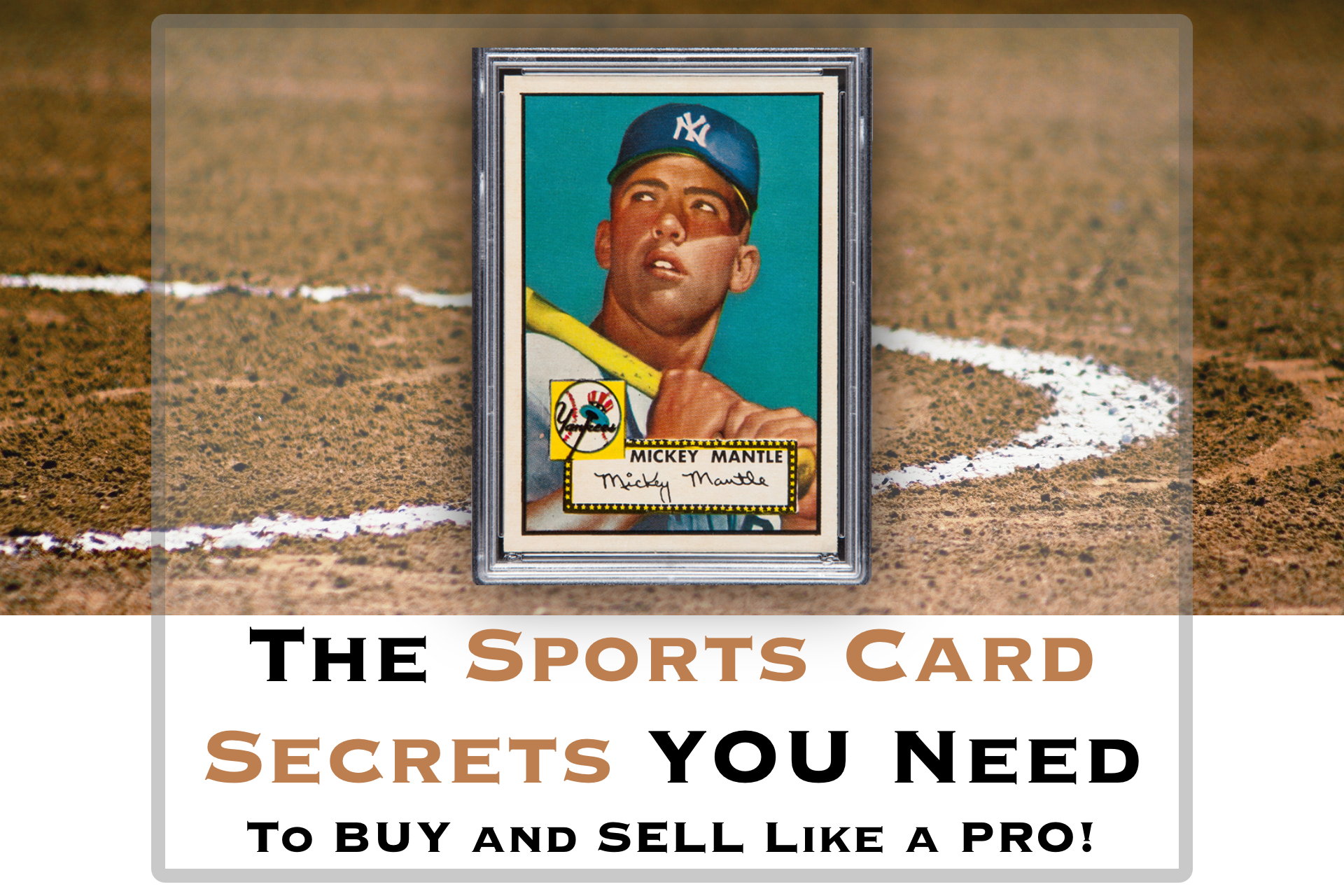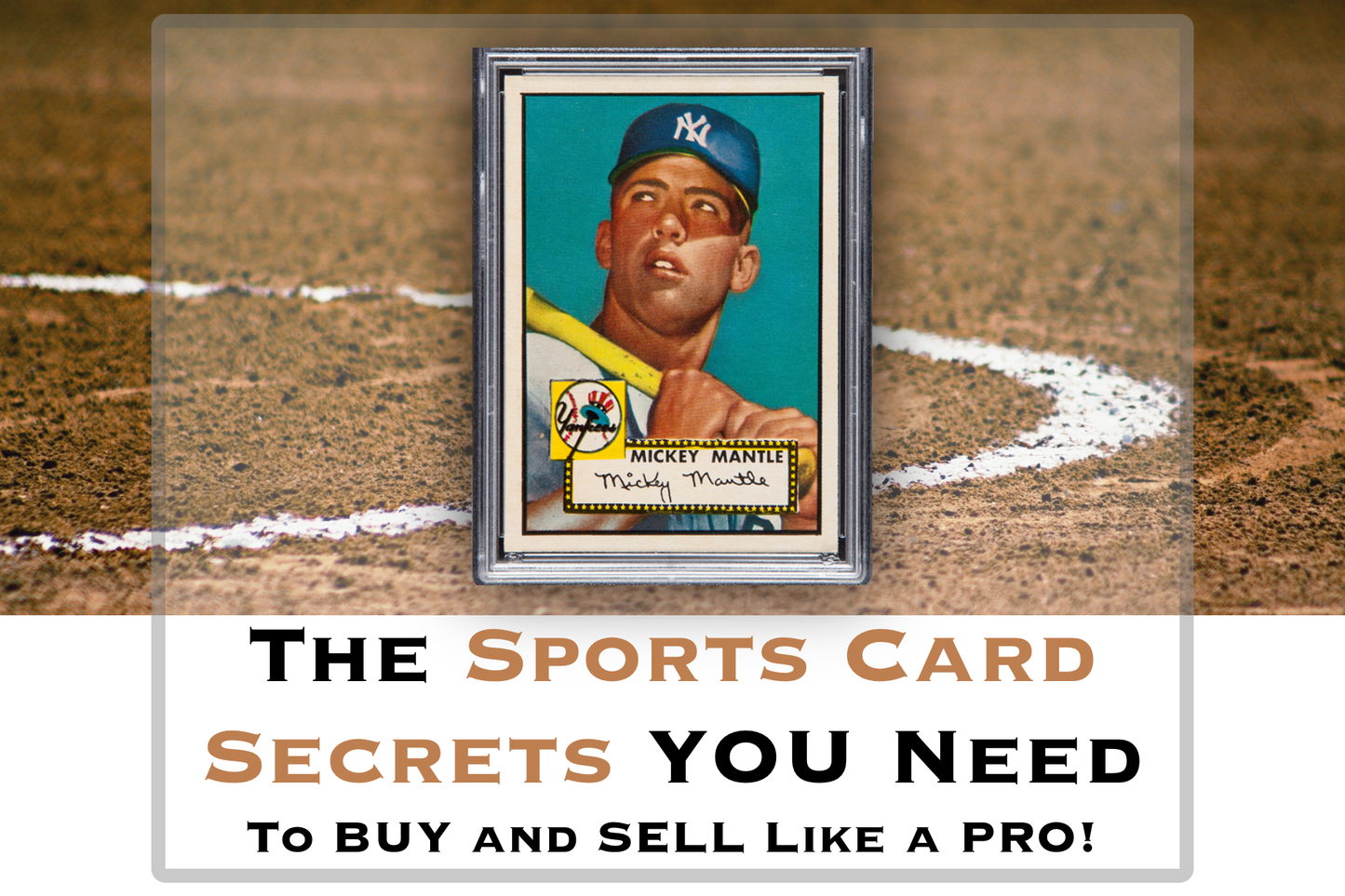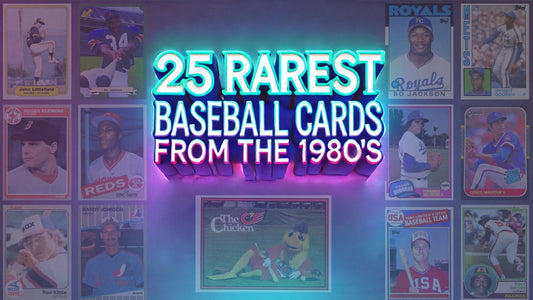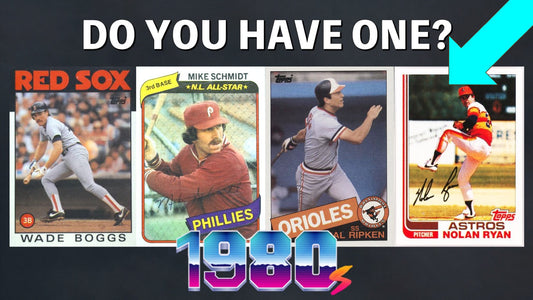Quick shout out to Shamrock Baseball card shop in Harwich, MA. I know the owner and the shop are no longer with us, but in my childhood it was a highlight to go there and buy cards and packs!
The history of baseball cards in America is a fascinating one, and the rise and fall of the baseball card shop is an important part of that story.
The early days of baseball cards can be traced back to the late 19th century, when tobacco companies began inserting cards into their products as a way to entice customers to buy more. These early cards featured pictures of baseball players on the front and advertising for the tobacco company on the back.
Over time, these tobacco cards became increasingly popular, and other companies began producing their own versions. By the 1930s, baseball cards had become a staple of American popular culture, and children across the country collected them with enthusiasm.
In the 1950s and 1960s, baseball cards reached new heights of popularity. Topps, a company that had been producing baseball cards since the 1930s, introduced a new set of cards in 1952 that featured bright colors and detailed player information on the back. These cards were an instant hit, and Topps quickly became the dominant player in the baseball card market.
Throughout the 1960s and 1970s, baseball card collecting continued to grow in popularity. As more and more kids got into the hobby, demand for cards increased, and a thriving secondary market developed. Baseball card shops began popping up across the country, offering collectors a place to buy, sell, and trade cards with other enthusiasts.
By the 1980s, baseball card collecting had become big business. Topps remained the dominant player in the market, but other companies like Fleer and Donruss had emerged as competitors. The value of rare and highly sought-after cards skyrocketed, and some collectors began investing significant sums of money into their collections.
The rise of the baseball card shop during this period can be attributed in part to the growth of the hobby itself, but also to the rise of suburban sprawl in America. As more and more people moved out of cities and into suburbs, small businesses like baseball card shops flourished. These shops offered a sense of community and camaraderie for collectors, many of whom were kids who had grown up collecting cards with their friends.
However, the boom in baseball card collecting would not last forever. In the late 1980s and early 1990s, a number of factors conspired to bring about the downfall of the baseball card shop.
One major factor was the overproduction of cards. In an effort to meet demand, card manufacturers began producing more and more cards, flooding the market with new sets every year. This glut of cards meant that many previously rare and valuable cards became much less valuable, and collectors who had invested significant sums of money in their collections found that their cards were suddenly worth far less than they had paid for them.
Another factor was the rise of alternative forms of entertainment. As video games, computers, and other electronic devices became more common, kids began to turn away from traditional hobbies like baseball card collecting. The sense of community and camaraderie that had driven the popularity of the baseball card shop began to fade, and many shops were forced to close their doors.
Finally, the rise of the internet dealt a final blow to the baseball card shop. As online marketplaces like eBay and Amazon grew in popularity, collectors were able to buy and sell cards from the comfort of their own homes. The need for physical storefronts dwindled, and many shops were unable to compete with the convenience and low prices offered by online sellers.
Today, the baseball card shop is a shadow of its former self. Many shops have closed down, and those that remain often struggle to attract customers. However, the hobby of baseball card collecting lives on, with new generations of kids discovering the thrill of collecting and trading cards. And while the glory days of the baseball card shop may be over, the nostalgia and sense of community that it once represented continue to resonate with collectors and enthusiasts.
Despite the challenges faced by the baseball card shop, some have managed to survive and even thrive in the modern era. One key to success has been adaptability. Shops that have been able to evolve and embrace new technologies have been better able to compete in the modern marketplace.
For example, many shops now offer online ordering and shipping, allowing collectors from across the country to purchase cards from them. Some shops have also expanded their offerings beyond just baseball cards, branching out into other types of sports memorabilia or even comic books and collectibles.
In addition, some shops have found success by focusing on the nostalgia and sense of community that has always been at the heart of the baseball card collecting hobby. These shops may host events like trading nights or autograph signings, or offer a welcoming atmosphere where collectors can come together and share their passion for the hobby.
Overall, the rise and fall of the baseball card shop in America is a reflection of the broader shifts and changes that have occurred in American culture over the past several decades. As technology has advanced and new forms of entertainment have emerged, traditional hobbies like baseball card collecting have had to adapt or risk becoming irrelevant.
However, while the heyday of the baseball card shop may be behind us, the enduring appeal of baseball cards and the sense of nostalgia and community they represent continue to make this hobby a beloved pastime for collectors of all ages.








